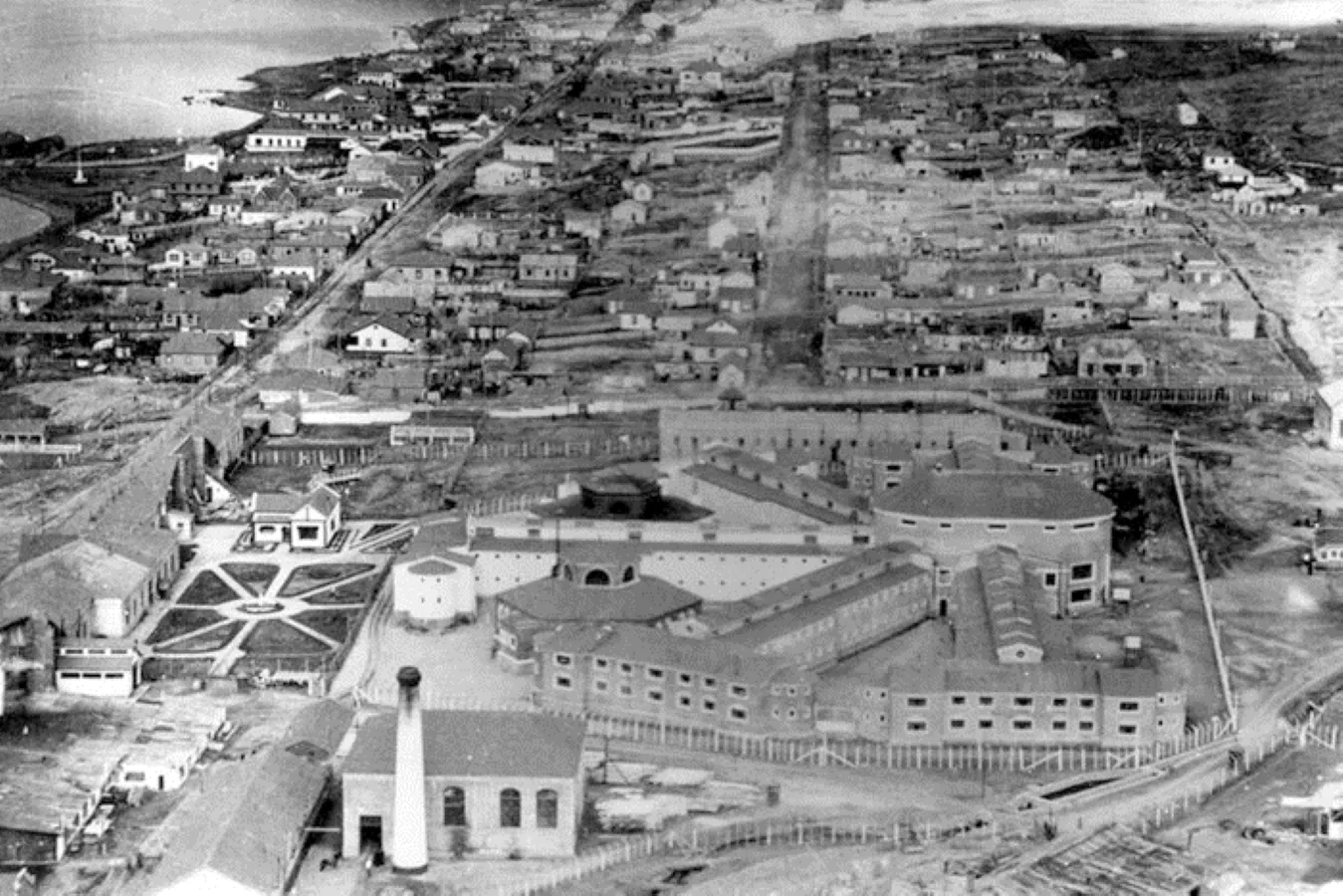📝 Penal colony and prision.
In 1883, President Roca introduced a bill in the Senate for a "Penal Colony in the South of the Republic" with the intention of solving the prison problem and ensuring sovereignty, although his idea was never implemented. Under President Luis Saenz Peña, the idea of a prison in Tierra del Fuego was revived, but for the purpose of serving sentences for repeat offenders, due to the significant increase in crime in the Federal Capital. In 1895, Law No. 3335 was enacted, requiring correctional or prison sentences for second-time offenders. These sentences had to be served in the southern national territories; the executive branch was to designate the location. Finally, they decided that Ushuaia would be the place where these sentences would be served, and the prison was created by decree in 1896. In January of that year, the first batch of prisoners, 14 male volunteers, left. Weeks later, the second batch, which included 10 female volunteers, left. The idea was to form a penal colony.
The construction of the Prison and Jail for Repeat Offenders began on September 15, 1902, and was completed in 1920. The labor force was the inmates themselves. The prison had several trade workshops: bakery, carpentry, blacksmithing, and more. It also had a pharmacy, medical service, telephone, and a power plant. The services extended to the city of Ushuaia, allowing residents to purchase bread or furniture made by the inmates. Several renowned prisoners were there, such as Simón Radowitzky and Cayetano Santos Godino, among others. The prison was closed by decree on March 21, 1947, under the presidency of Juan Domingo Perón. The facilities were then handed over to the Navy for a naval base.
 Share Site
Share Site
 Share Site
Share Site

 Share Site
Share Site